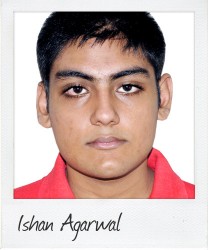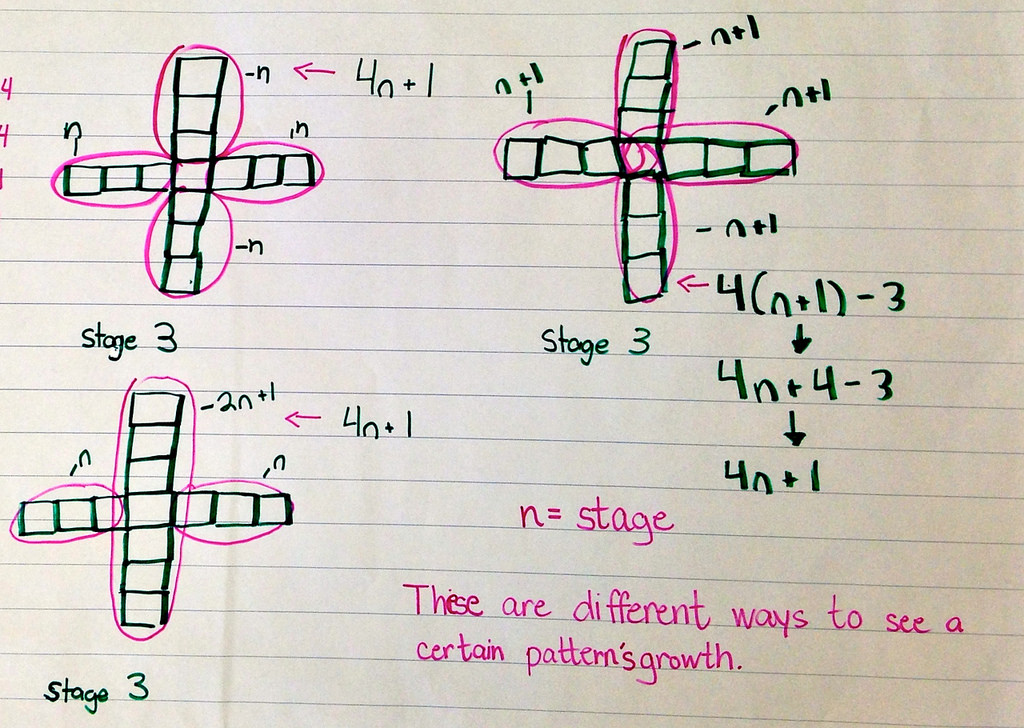“The agony and ecstasy of studying science”
September 13 Pure science is nothing but an extension of the age old and continuing efforts of intellectuals to understand the mysteries of nature, writes Ishan Agarwal, 21, a Commonwealth Correspondent from Kolkata in India, who says scientists experience agony while endlessly searching for that elusive solution and sheer ecstasy when they find it.
Pure science is nothing but an extension of the age old and continuing efforts of intellectuals to understand the mysteries of nature, writes Ishan Agarwal, 21, a Commonwealth Correspondent from Kolkata in India, who says scientists experience agony while endlessly searching for that elusive solution and sheer ecstasy when they find it.
Two incidents from the lives of two great scientists illustrate this agony and ecstasy, and will certainly motivate the reader to take up the study of science. I will paraphrase them:
After Sir Isaac Newton had ceased to be a professional scientist, he became Master of the Mint. He chanced upon a mathematical challenge, posed by Johann Bernoulli – imagine two points A and B in a vertical plane, A being higher than B. Connect A to B, by a smooth wire of any shape, and slide a bead from A to B in a frictionless state. Bernoulli’s question was to find the shape of the wire for the quickest transit from A to B. The obvious answer, a straight line, is not the correct answer.
Intrigued by the puzzle, Newton tried to solve it. He sent the solution to The Royal Society to publish, and asked them also to send the solution to Bernoulli without disclosing his name. But Bernoulli, on seeing the solution, understood that it could not have come from anyone but Newton, and remarked “I know the lion from his paws.”
This anecdote shows the intellectual stimulation, and the agony and the ecstasy, that a problem brings to a scientist.
Even though he was out of touch with regular scientific pursuits, the scientist in Newton was aroused by the challenge the problem, and he did not rest until he had solved it. It is this excitement, this agony and ecstasy associated with pursuing science, that will arouse the passion in a scientist and motivate him. That will ultimately lead to discovery.
The second example is about Lord Kelvin, who was also known as Thomson.
“Thomson and Parkinson were both competing for the Cambridge Tripos. Parkinson stood first, followed by Thompson. There was one particularly tough problem, which only both of them could solve.
What struck the examiner was the similarity in the answers of both Thompson and Parkinson, so much so that he suspected malpractice.
Called to account, Parkinson replied, ‘Sir, I occasionally read research papers. I had come across a paper where the author had solved the problem.’
As the examiner had set the question from the same research paper, he was impressed, and complimented Parkinson for going beyond the prescribed books.
He then called in Thomson, and somewhat aggressively said ‘I would like to know how you solved this problem. Parkinson said that he saw the solution in a research paper. Don’t tell me you also saw it there.’
“No Sir!” replied the future Lord Kelvin, ”I wrote that research paper.”
This story demonstrates that in scientific pursuits, originality counts. Even though Parkinson topped the Tripos, we do not hear about him, but Thomson’s work has become part of our textbooks.
The aim of true science is to understand the world. Not every one of us, however, can become a Newton, Darwin or Einstein.
Most of us will have to be content with adding a little brick to the edifice, but that is enough.
When one is faced with some intriguing observation, it tickles one’s curiosity, so that one tries to come up with some plausible explanation. These are agonising moments until one finally fins the explanation, leading to ecstasy.
This is the creative part of science, and what it has in common with the arts. Then comes the harder part, of confronting the hypothesis with facts. Not trying to prove it right, incidentally, but trying to prove it wrong and failing. And as the famous Italian physicist said, “There are two possible outcomes: if the result confirms the hypothesis, then you’ve made a measurement. If the result is contrary to the hypothesis, then you’ve made a discovery.”
This aspect of science is what makes it fun, like any other game of problem-solving such as crosswords or chess.
It is only science that can find solutions to the various problems that we face today: finding clean sources of energy, protecting the environment, food for everyone, improving human health. The list is endless. We must understand that we can only solve these problems by doing more science, not less.
I am of the firm belief that science can also reduce intolerance and fanaticism, by developing critical thinking.
The future of science and mankind lies in the hands of the coming generation, that both you and I are a part of. I sincerely hope that my fellow students, cutting across all boundaries and narrow commercial interests, will take up this challenge with zeal and passion.
Prometheus has conquered the fire and we cannot give it back.
All of us have to walk with enthusiasm, determination and a deep sense of responsibility, all the way from the tree of knowledge to the control of destiny.
photo credit: Focus on structural algebra with growing pattern via photopin (license)
…………………………………………………………………………………………………………………
About me: I am presently a student at the iconic Indian Institute of Science (IISc), Bangalore, India, pursuing a Bachelor of Science degree.
I intend majoring in Mathematics with electives in Computer Science and Quantum Physics, and thereafter pursue either a MS or PhD degree.
I aspire to one day be able to use the superior power of quantum computing and mathematical analytics to transform lives and make the world a better, easier and friendlier place for everyone to live in.
…………………………………………………………………………………………………………………
Opinions expressed in this article are those of the author and do not necessarily represent the views of the Commonwealth Youth Programme. Articles are published in a spirit of dialogue, respect and understanding. If you disagree, why not submit a response?
To learn more about becoming a Commonwealth Correspondent please visit: http://www.yourcommonwealth.org/submit-articles/
…………………………………………………………………………………………………………………




